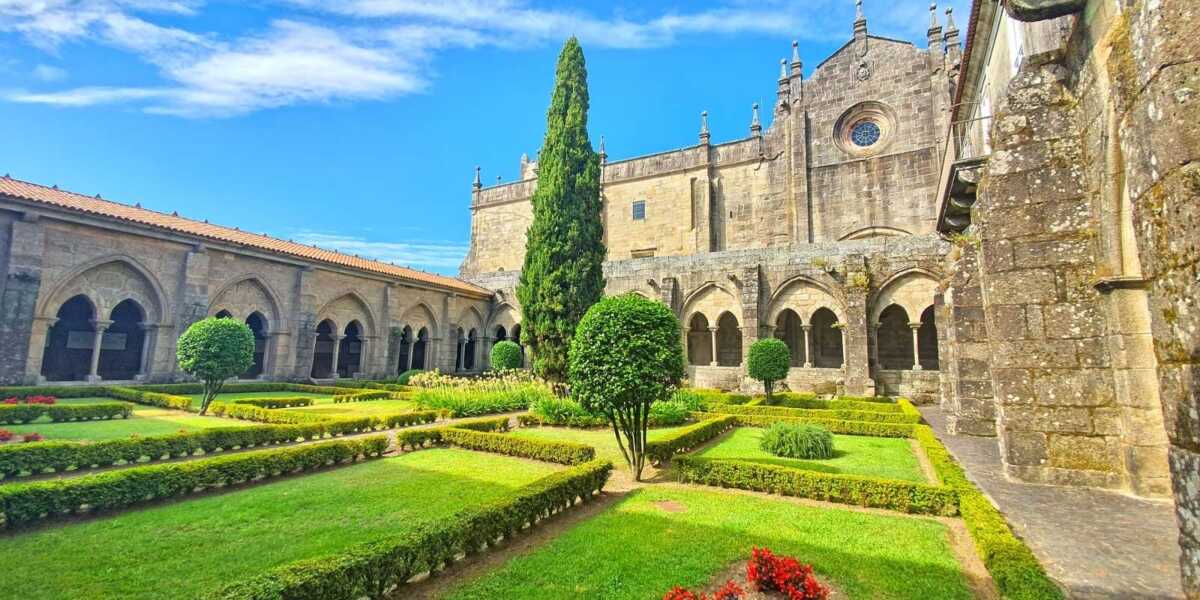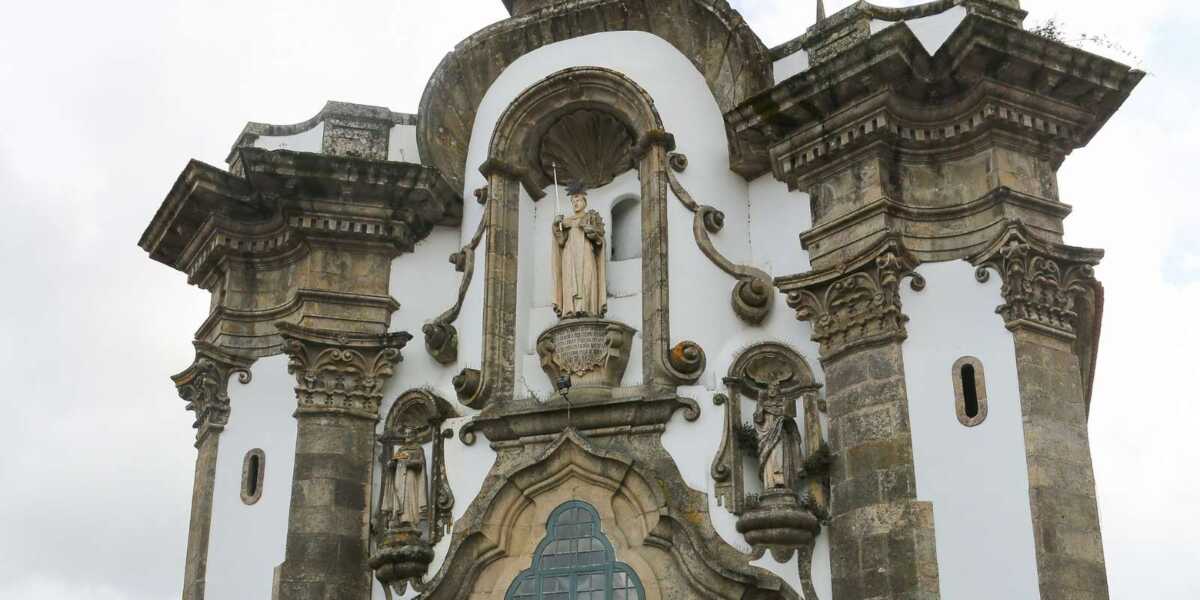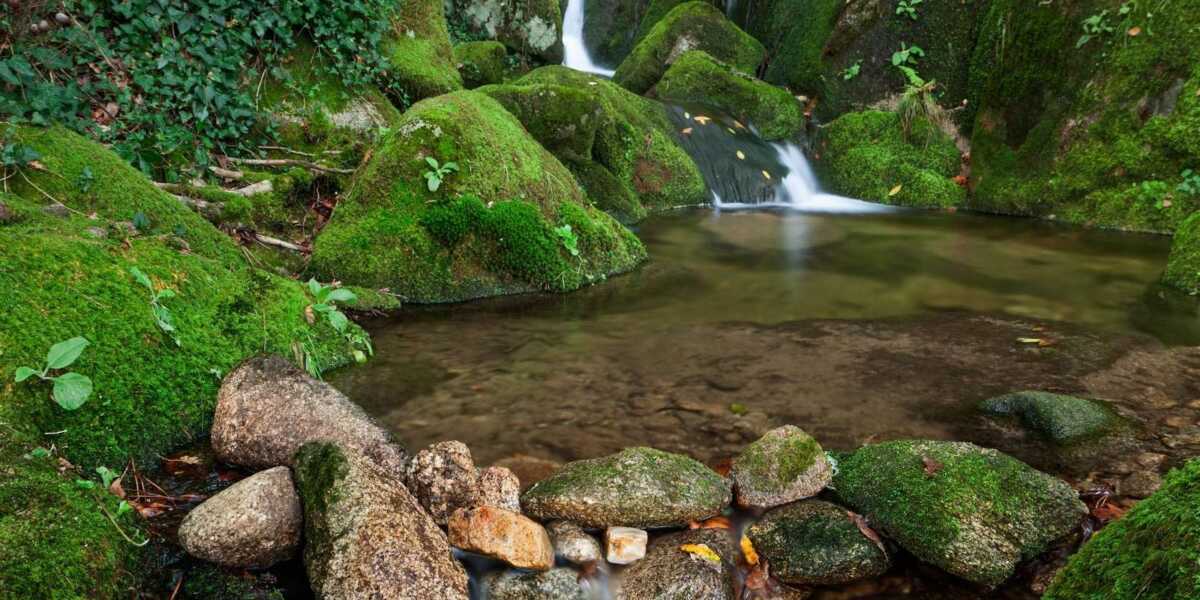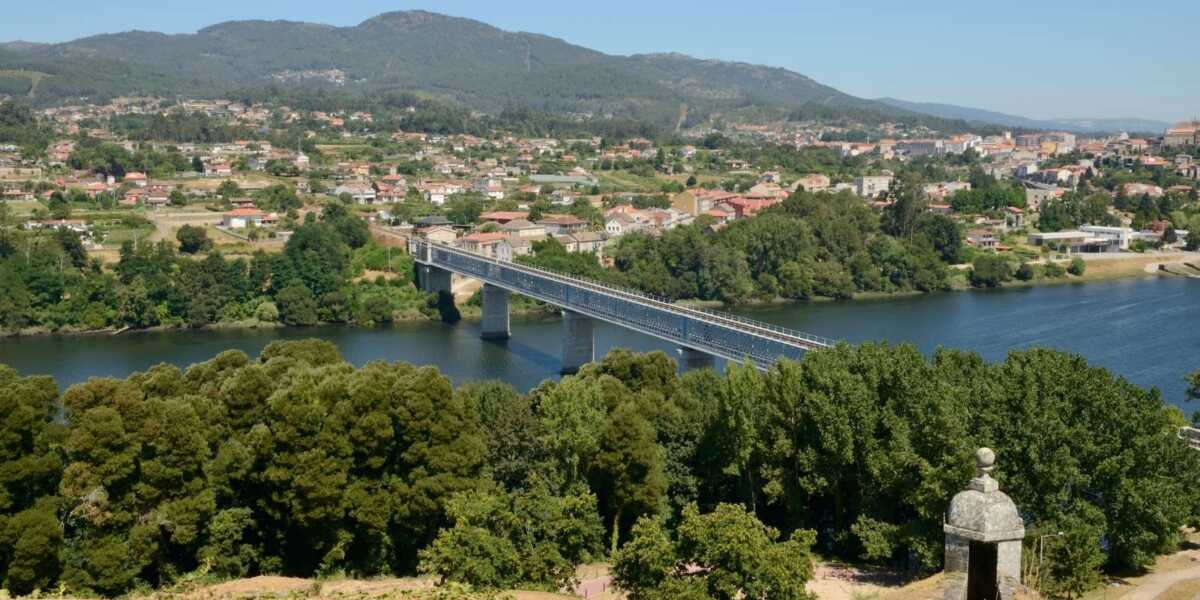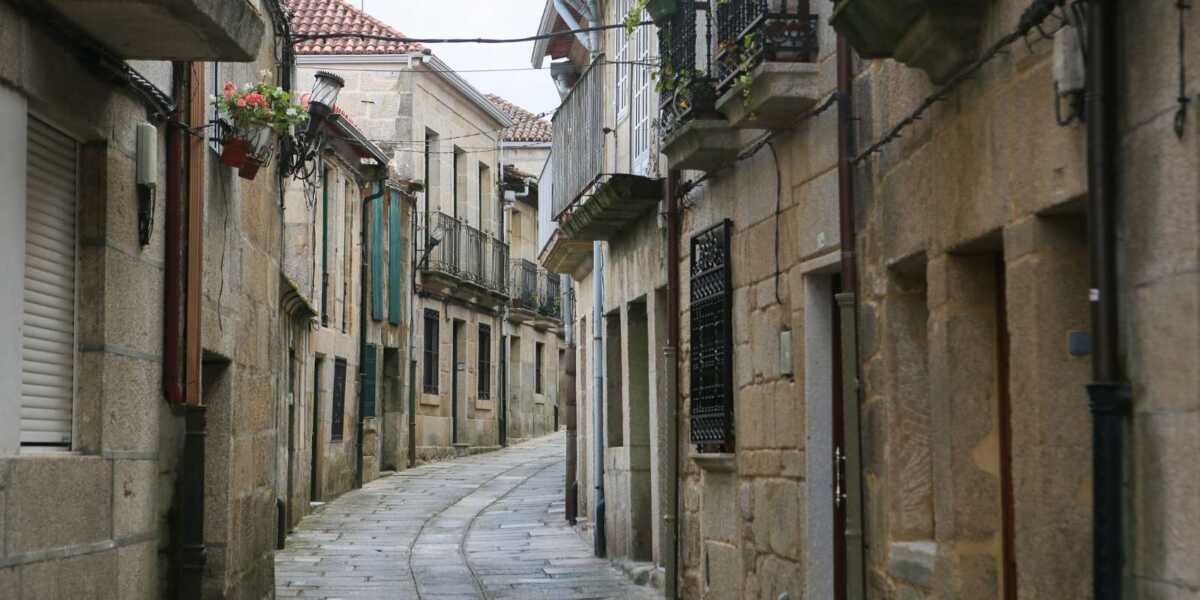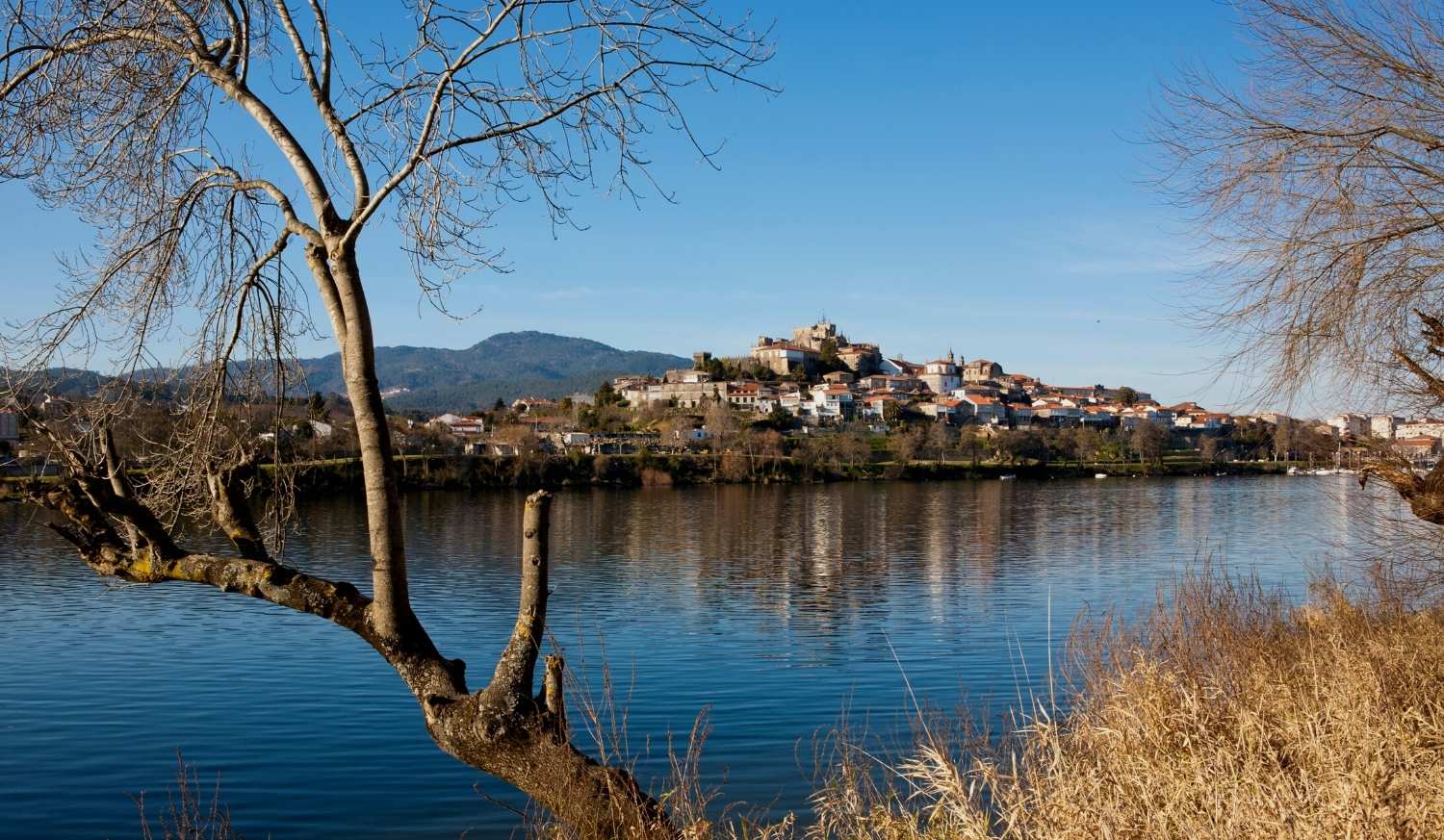
Information about Tui
Tui (or Tuy), is located in the south of Galicia, specifically in the region of Baixo Miño. This beautiful village has an old town of great value, declared a Historic-Artistic Site. It is home to oneof the most famous cathedrals in Galicia: the cathedral of Santa María de Tui.
In addition to all its natural, heritage and historical elements, Tui is also an outstanding place for being the point chosen by thousands of pilgrims annually to begin the route of the Portuguese Camino de Santiago. Tui is a border town, separated from Portugal by the river Minho. Since 2012 Tui and Valença do Minho form a Eurocity.
Tui is a place that has been inhabited since prehistoric times. From the castrexa epoch, are preserved at the top of the Monte Aloia sites of forts. Subsequently, since the Romanization, many peoples and cultures have passed through Tui, such as the Romans, Suevi, Visigoths, Vikings, Muslims and Jews, who left their mark and built the history of the city. It was even declared one of the 7 provinces of the old Kingdom of Galicia, around 1500. This is due to the importance of Tui during the Middle Ages, which has left us one of the best historical centres in Galicia.
What to see and do in Tui
Cathedral of Santa Maria
Like many other buildings of the Middle Ages, the cathedral of Santa Maria de Tui began to be built in 1120 in Romanesque style and was later finished in Gothic style. Its solid and robust appearance shows the Romanesque style of the base, which contrasts with its pointed doorway, one of the first Gothic doorways in Galicia. The cloister of the cathedral, in Gothic style, is one of the best preserved in the whole region. In addition, the cathedral complex also preserves the largest Romanesque cathedral chapter house in Galicia.
The cathedral of Tui was declared an Asset of Cultural Interest in 1931 and is open to the public to visit, paying an entrance fee of 5 €. The Diocesan Museum is located in the same square as the main entrance to the cathedral, the Plaza de San Fernando.
Chapel of San Telmo
This church is a unique example of Portuguese Baroque in Galicia, built on the house where the Dominican saint San Telmo died. This style is also known in the area as Minoan Baroque. It is one of the most visited religious monuments along with the Cathedral of Santa Maria. It contains frescoes dating from the early nineteenth century, which makes it a very complete monument and worthy of being visited.
Mount Aloia
If you are a nature lover and are fascinated by landscapes with great panoramic views, you are practically obliged to take a route through Monte Aloia. Monte Aloia was the first natural space declared Natural Park of Galicia. It has great heritage elements such as the Alto dos Cubos Hillfort, the cyclopean wall and beautiful routes and botanical trails of great ecological value. In addition from the Park you will enjoy countless routes and viewpoints with panoramic views of the Minho and its mouth privileged.
Tui International Bridge
An architectural marvel that joins the Portuguese and Galician banks of the river Minho. Although it is said to have been designed by the famous Gustave Eiffel, it is known that the engineer and member of parliament from La Rioja, Pelayo Mancebo y Ágreda, was in charge of carrying out this project. Take a break to immortalize the incredible views offered by this marvel of iron architecture. If you start your Portuguese Way in Portugal, you will cross this bridge to get to Tui.
Other places in the old town
Our recommendation is that you get lost walking through its streets, so you can discover all its corners. One of the most unique streets is Entrefornos Street, from which you can walk down to the iconic Plaza Frómista. Drop by the Plaza de la Estrella and contemplate the beautiful views of the Miño and then go up through the tunnel of the Clarisas to the cathedral again. To enter the new part of the city, along the Paseo de la Corredera, you will have to go through the Porta da Pía, one of the gates that closed the old walled city.

